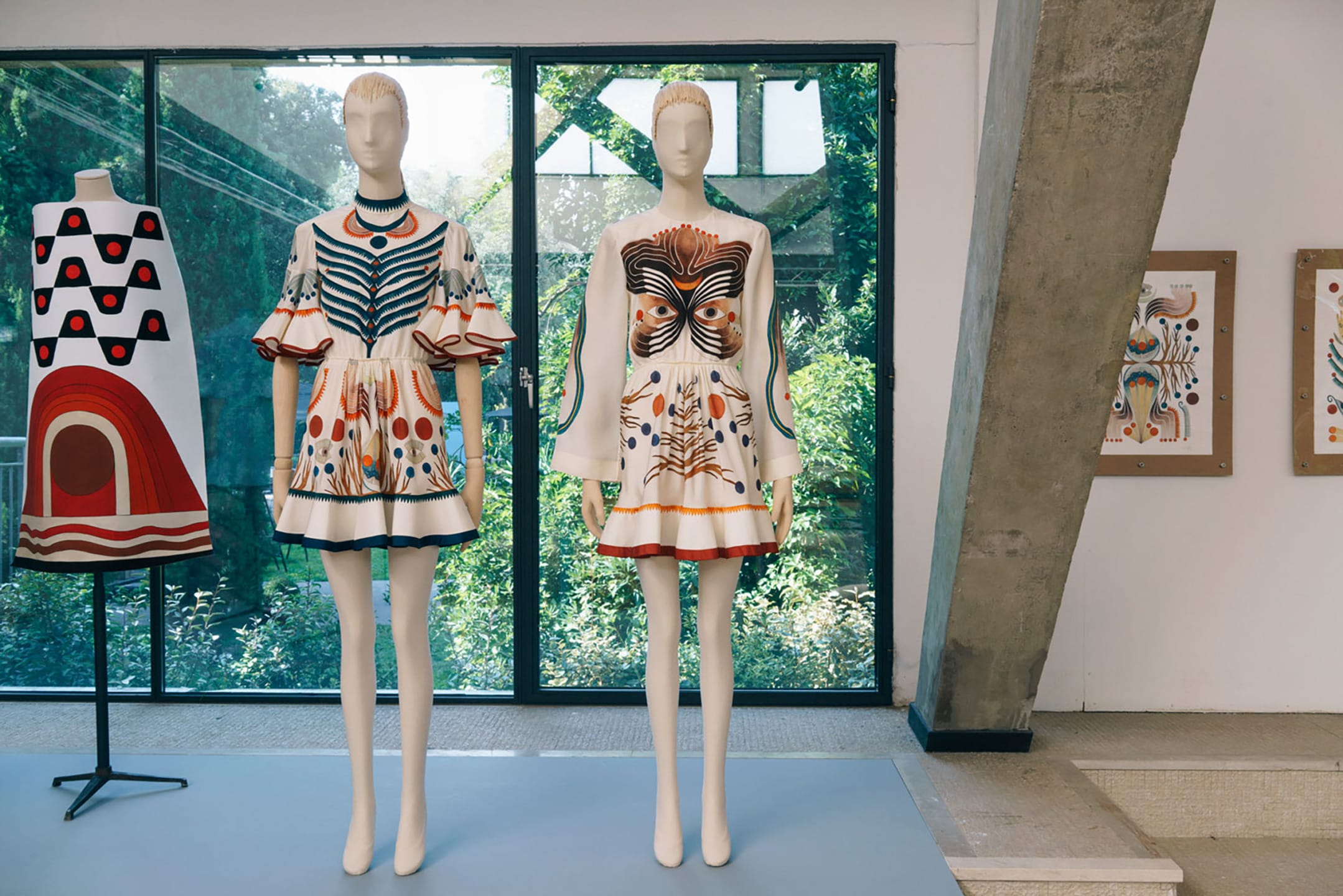Chanel and Off White Featured in Fantastical Celebration of Artisans in Venice
The most ambitious exhibition of its kind, ‘Homo Faber’ shines a light on the unique skills of master craftsmen

In an increasingly digitized world, one where iPhones and screens infiltrate our daily lives and the embrace of AI and machine learning is higher than ever, the most beautiful things are still those that are handmade.
Such is the notion of “Homo Faber: Crafting a More Human Future,” a fantastical celebration of European craftsmanship in Venice that kicks off on September 14 at the Fondazione Giorgio Cini, a sprawling arts space located in a 16th-century church on San Giorgio Maggiore island—a short ferry trip from the main island. (The latin expression homo faber was coined during the Renaissance, a time of cultural flourishing, to celebrate the profound creativity of humans.)
For two weeks, the former convent, with its galleries, library, and an emptied former public swimming pool, will host hundreds of artisans and designers representing more than 300 métiers and 900 unique pieces of art from 27 countries—as well as conferences and workshops led by artisans.

Three years in the making, the highly anticipated showcase is led by 13 international curators, including well-known designers such as Michele de Lucchi and India Mahdavi, and covers artisanal craft in all its forms: fashion, design, photography, and art.
Organized by the Geneva nonprofit Michelangelo Foundation for Creativity and Craftsmanship, the event seeks to celebrate and preserve the art of craftsmanship and savoir faire (or artisanal know-how), as well as to inspire a new generation of master craftsmen. The organization was founded by Johann Rupert, chairman of the Swiss luxury group Richmont, and historian Franco Colnaghi.

Just some of the thousands of specialized techniques on view are gold leaf, enameling, featherworking, wallpaper, glyptic, and gem-engraving. Hermès, for example, will showcase the work of a master saddler, while artisans from Lesage, the Chanel-owned embroiderer, display archival samples of intricate needlework. During the course of the exhibition they will create an embroidered map of Venice using these age-old methods.

In the fashion sector, curator and exhibition maker Judith Clark puts the spotlight on the master artisans whose skills are vital to contemporary fashion and features not only Karl Lagerfeld for Chanel, Alaia, and Schiaparelli but cutting-edge contemporary brands like Virgil Abloh’s Off White.
Spotlighting the usually behind-closed-doors art of restoration, Open Care offers a rare chance to see the skills of live conservation work being performed on objects ranging from a 16th-century chest and a 1970s sculpture by Gaetano Pesce to paintings by Old Masters.

Celebrating the creative possibilities that come from collaboration, the Doppia Firma section of the show pairs 13 master artisans with esteemed contemporary designers who are new to the techniques. Paris-based designer (and one of the founders of the Memphis group) Nathalie Dupasquier, for example, was paired with Emanuele Bevilacqua, a master Venetian brocade artisan.
Elsewhere, architect and designer India Mahdavi pays homage to Postimpressionist painter Henri Rousseau’s forest paintings with a whimsical life room featuring handwoven rattan chairs created in partnership with some of the few remaining rattan artists in Europe.

The knowledge of some of these crafts can take decades to amass, and is often handed on from one generation to another, with artisans today working in almost the same way as those centuries earlier. While this modern age of mass production threatens the prevalence of these skills, cultural events like “Homo Faber” not only celebrate the past but offer the vision of a bright future.



“Homo Faber” runs through September 30, 2018; admission is free.